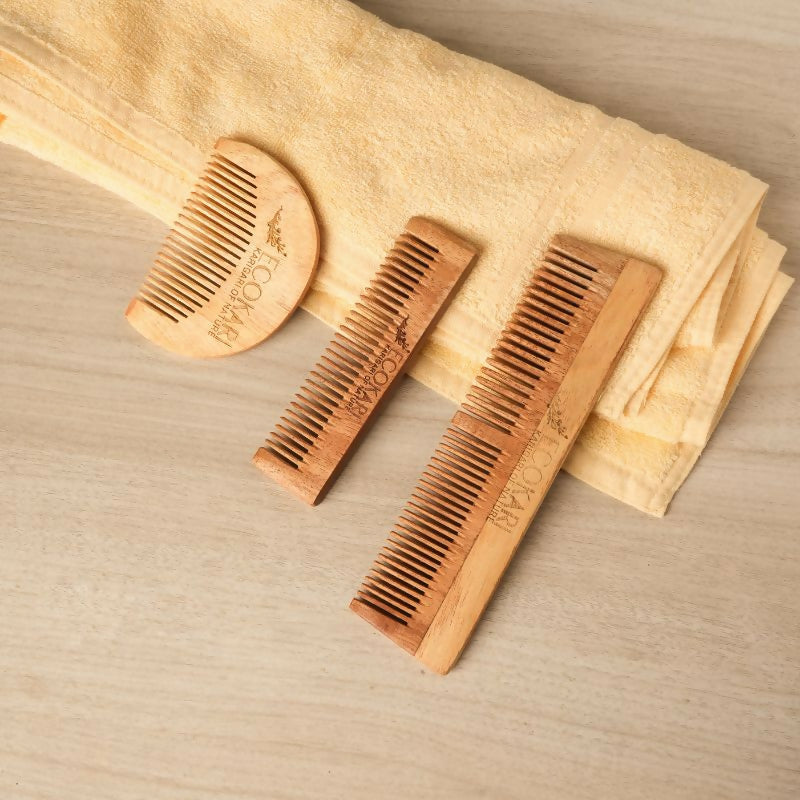Reimagining E-Waste: Innovative Approaches to Electronic Reuse

Electronic waste, a globally generated massive waste stream from gadgets like mobile phones, laptops, chargers to kitchen and other home accessories, is becoming a major concern because of its disposal. As of 2023, the global consumer electronics market is valued at over $700 billion, according to Fortune Business Insights. The World Health Organization has identified e-waste as the fastest-growing solid waste stream worldwide, with millions of tonnes produced annually. Below, we have listed unique reuses of discarded wires, circuits, and all unwanted tech waste from computers and home appliances, repurposed into a variety of fields such as couture fashion, furniture, footwear and more.
SCHIAPARELLI
E-Waste Couture
Maison Schiaparelli, the luxurious Italian haute couture house known for its avant-garde designs in modern-day couture, has used electronic waste into their designs on the runway for the Spring 2024 couture collection. The collection featured upcycled e-waste in the creations from mini dresses to a mini robot, which was a custom Schiaparelli upcycled accessory. Discarded phone gadgets, broken cables and wires, electronic chips and circuits, and other tech waste were found in the designer's creations, presenting a modern futuristic design concept from electronic waste.

(Image credit: Maison Schiaparelli Spring 2024 Couture Collection)
TEGA AKINOLA
Discarded USB Cable Footwear
The talented Gen-Z artist and creative designer Tega Akinola, based in the UK, ventures into accessories and footwear with an interest towards discarded, forgotten materials. Her footwear, experimented with materials made from e-waste like cables and USB chords, artfully designed on second-hand heels and slippers, shows fashionable products from unwanted materials. This young artist works on experimenting with obsolete materials into art-like products creating one-of-a-kind designs and signals a desire for future fashion to embrace sustainability.

(Image credit: Tega Akinola E-Waste Footwear)
THE ROYAL MINT
Recycled E-Waste Gold
The Royal Mint, the United Kingdom's official coin maker with over 1,100 years of history, has established a facility to recycle gold from e-waste for a sustainable jewellery line. In the process of recovering precious metals, up to 4,000 tonnes of circuit boards are to be sourced annually from waste electronic devices such as phones, laptops, and TVs in the UK. As an alternative to traditional mining, they are extracting gold from existing discarded materials given the tonnes of e-waste produced annually and thrown away, using a patented technology for sustainable gold in jewellery.

(Image credit: The Royal Mint UK Recycled Electronic Waste Gold)
SNOHETTA
E-Waste Glass Tiles
The architecture studio from Norway, having been in force for more than three decades, collaborated in 2022 with Studio Plastique, a research-based sustainable design studio from Belgium, in making tiles made from recycled e-waste. The project, Common Sands Forite Tiles, mimics the terrazzo effect. With enormous electronic waste from gadgets, computer monitors, and microwave ovens, they extracted glass for these repurposed tiles.

(Image credit: Snøhetta x Studio Plastique - Common Sands Forite Tiles)
Snøhetta and Studio Plastique’s joint vision aims to reduce waste and explore more opportunities to address human-made enormous waste practices, expanding research into this project for a sustainable product from industry waste. They later on stated that a ceramic tile manufacturer from Italy had also joined this vision in creating recycled tiles.

(Image credit: Snøhetta x Studio Plastique - Common Sands Forite Tiles)
ALEXANDRA SIPA
Discarded Electric Wire Dress
Romanian designer Alexandra Sipa created a womenswear collection from reclaimed discarded electric wires formed into different dresses. Bending the wires into ruffles and different shapes, sourced from recycling centers, she created sustainable vibrant-coloured dresses. She claimed to use her hometown's traditional Romanian lace-making design techniques on wire patterns. Turning unwanted wires into wearable art, she reimagines and discusses how tonnes of electric waste are generated globally and explores the potential of using it in various methods in the fashion industry through creative edge and positive impact apparel designing.

(Image credit: Alexandra Sipa Discarded Wire Apparel)
FORMAFANTASMA
E-Waste Furniture
An Italian ecological research design studio, Formafantasma has created a sustainable furniture design concept from electronic waste. E-waste has been repurposed into cabinet drawers, tables, laptop stands, holders, and desks from salvaged e-waste. They researched on technology scraps to be used in furniture for future design use, reducing waste by using readily available materials. Named the Ore Streams, they claim it is an investigative study and research on e-waste management, dissecting waste into recycled creations that are modern, stylish, and extremely waste-reducing and planet-friendly.

(Image credit: Formafantasma - Ore Streams E-Waste Furniture)
Managing such massive waste is challenging, but increasing awareness among brands and individuals can lead to more mindful consumption. Proper use and reuse strategies help keep materials in the loop and promote sustainability. Addressing the environmental impact of e-waste encourages the development of more sustainable product life cycles by catering to the needs of responsible practices.






Leave a comment